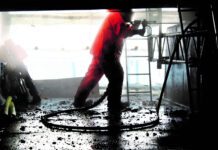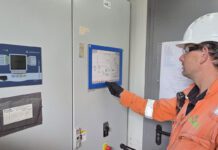As the ink dries on the updated ISO 14001 standard, now might be a good time to consider the skills requirements it presents, particularly – something of a first where environmental considerations are concerned – at boardroom level. Envirotec reports

environmental issues.” The new standard demands a greater level of
environmental competency from director-level decision makers.
The revised version of the ISO14001 standard certainly appears to raise the ambition of environmental management systems, and to challenge organisations to integrate environmental concerns within their policies and systems in a much more fundamental way. One interesting aspect of the standard’s arrival is the requirement it presents for greater leadership on the part of top-level management – a region of the organisational hierarchy where environmental concerns have not always been centre stage.
As Tamma Carel of training provider The Environmental Academy explains, the new standard places a lot more emphasis on the word “strategic” and there is a sense that the old ethos of box ticking is on the way out. The new standard seeks to ensure that businesses aren’t merely concerned with reducing their impact on the environment – through things like pollution – but also that the environmental management system adds real value to the organisation, and contributes to the environmental pillar of sustainability – something the old standard failed to do.
When it comes to the environment, businesses tend not to see it as being as important as money or people. “The new standard changes that,” she says.
Of course, such an aspiration appears to make greater demands on the top level of management in many firms, where environmental management traditionally occurs only in relevant silos of business operations.
“There are now much higher and more specific expectations being placed on top management, in terms of providing leadership in this area,” said Carel.
So the sense of there being a skills gap with top management in terms of environmental policy – and its interconnection with areas such as H&S and quality management – is a tangible one. The Environmental Academy is seeking to help plug this gap with a number of courses.
Sustainability’s impact on the bottom line is already significant – it does so “more than they know”, suggests Carel, referencing her own experience of business lead- ers and their appreciation of the trajectory of incoming legislation. Recent years have seen the arrival of more exacting requirements for firms in terms of things like waste handling, and the avoidance of pollution – with heftier fines – and there is more on the way.
“Top level leadership can’t be strategic if they don’t understand environmental issues,” said Carel.
For more details go to www.environmental-academy.com






